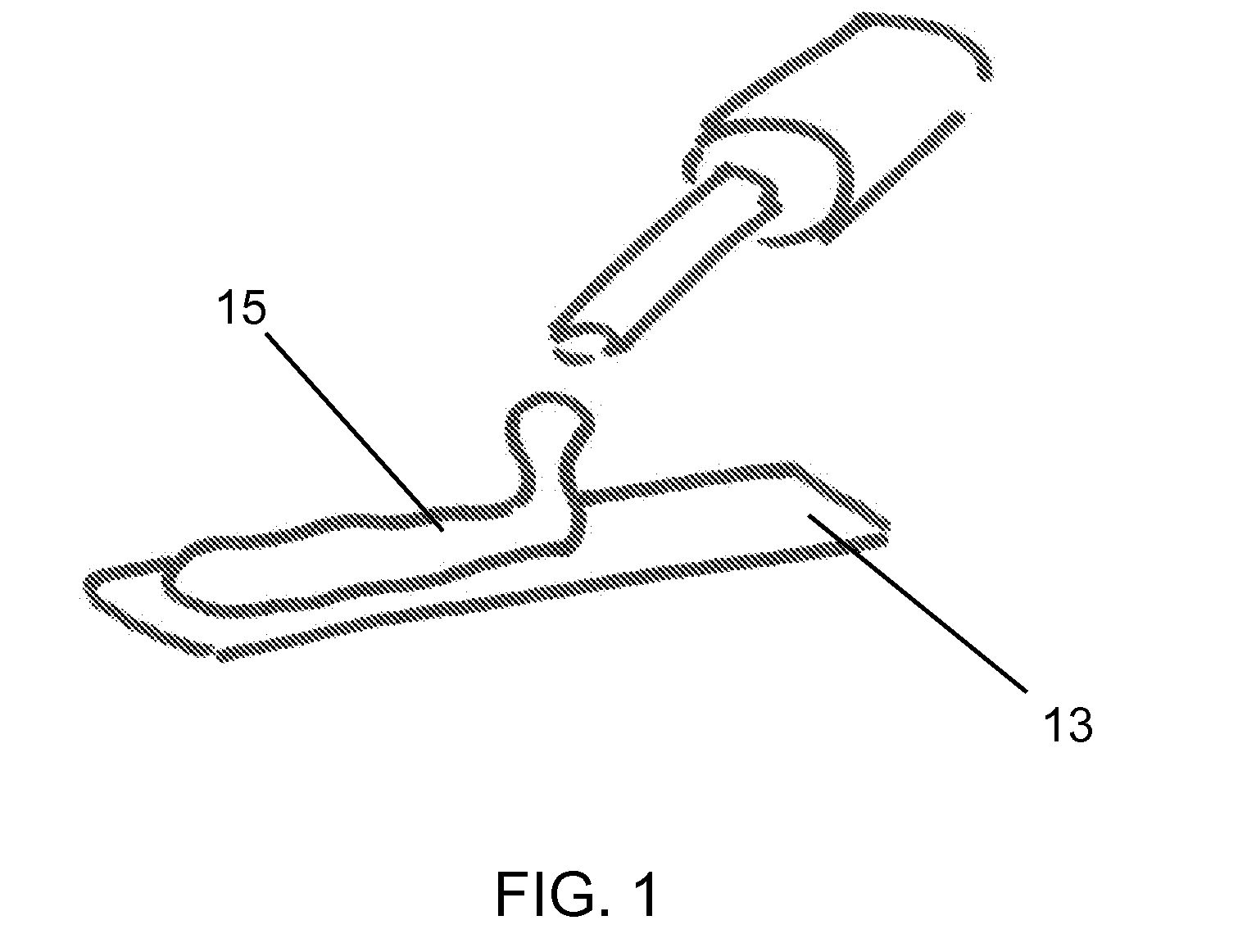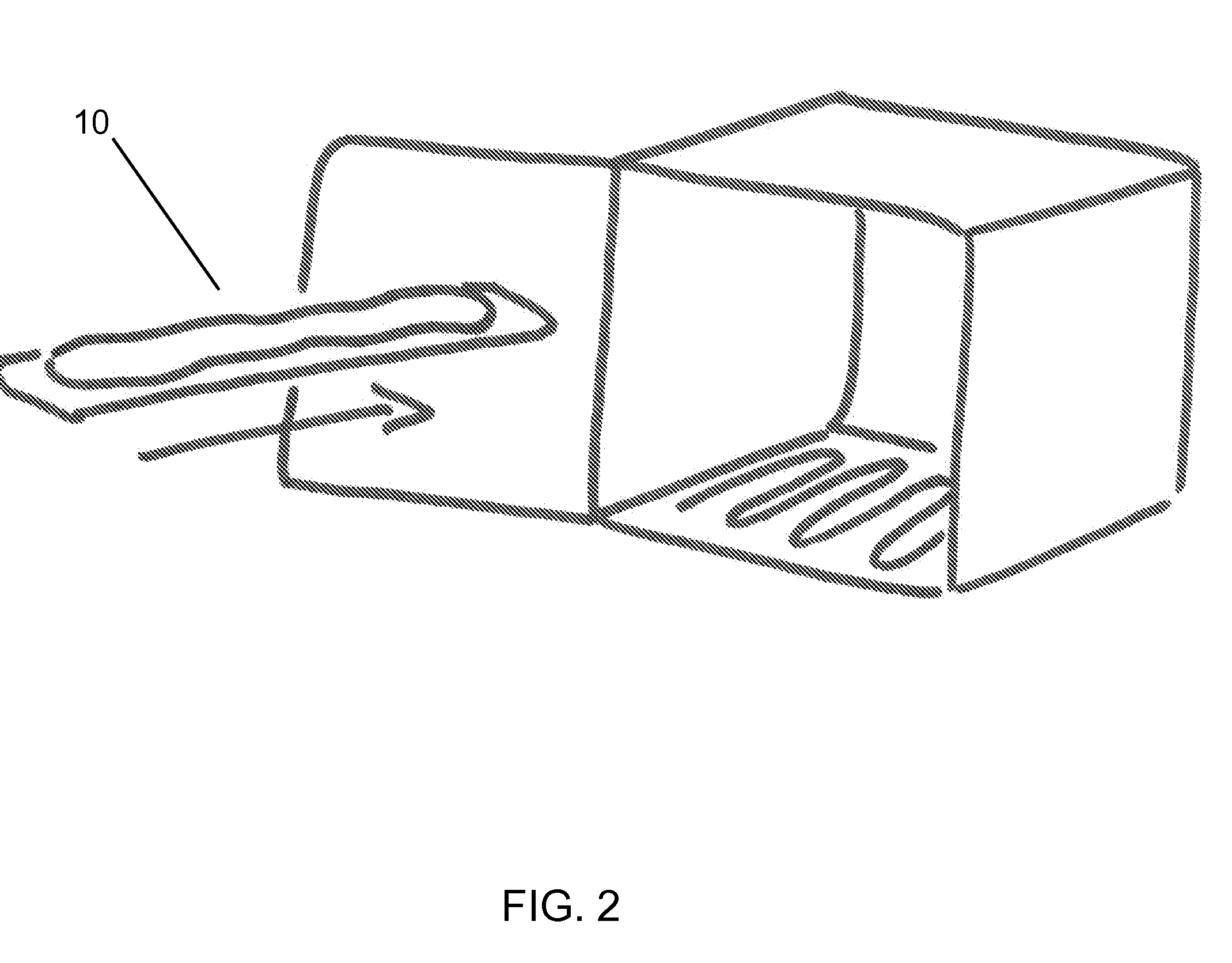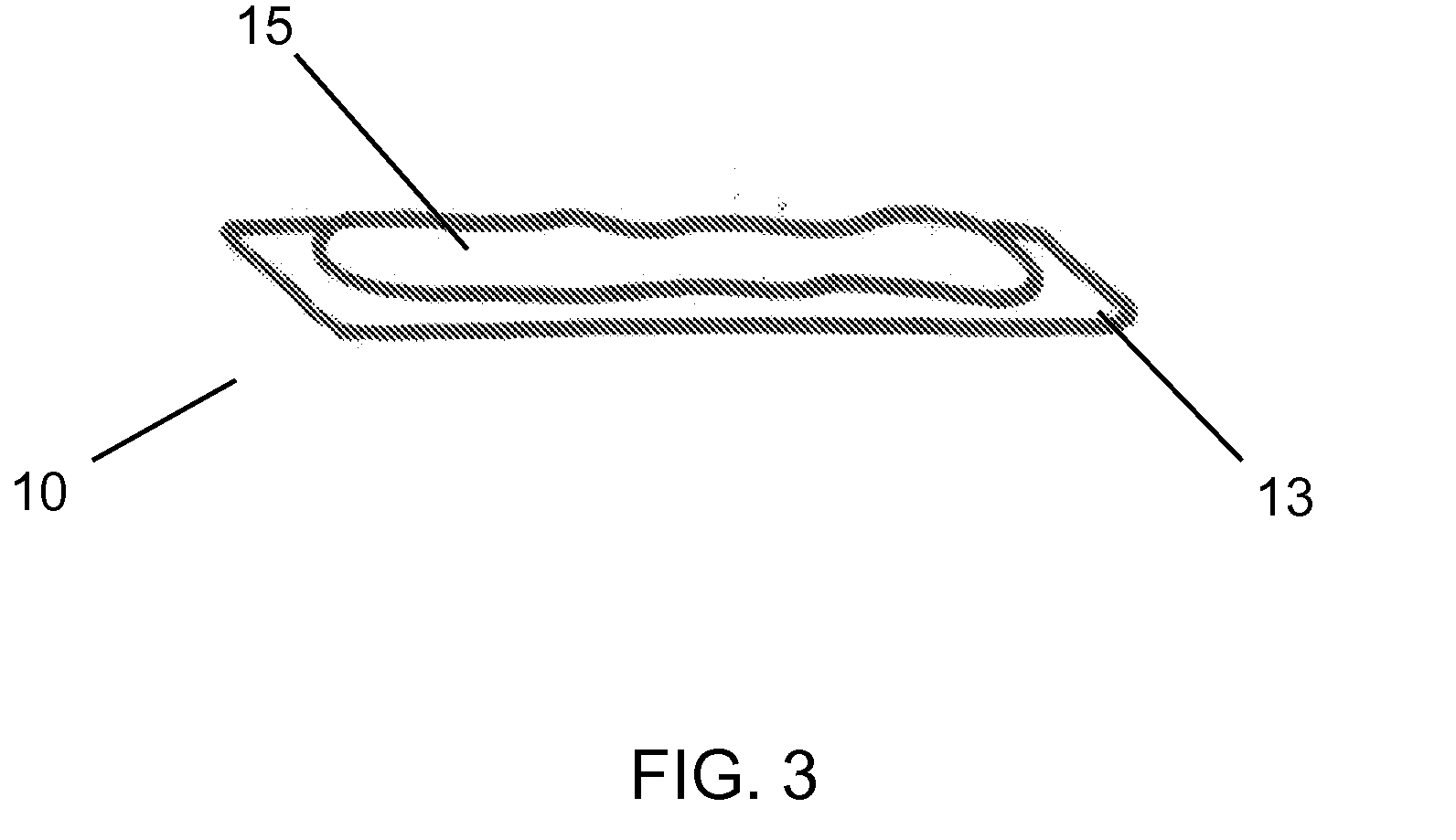However, due to the volatile oxidizing nature of peroxide (which imparts the substance's bleaching ability); there are very few thickeners that can withstand a peroxide environment.
Most polymers will degrade quickly in a peroxide environment and will lose their thickening properties entirely due to the powerful oxidizing effects of peroxide.
Liquid hydrogen peroxide is common and is by far the most aggressive oxidizer and the most unstable.
However, dilution of hydrogen peroxide by any means, while increasing stability, also reduces the bleaching efficacy of resultant gels.
However, CARBOPOL does not hold up to pure hydrogen peroxide for even short amounts of time.
Direct delivery of these gels and liquids onto the teeth can be unsuccessful as they tend to run-off the teeth by the force of gravity.
While gels may be more resistant to these drawbacks as compared to other liquids, they still have these inherent difficulties.
The major drawback in the concept of a tray is that the variations in teeth anatomy make it very difficult to make and design a generic one-size-fits-all tray.
These mechanical trays were cumbersome and painful for patient use and became obsolete in favor of the custom tray.
The drawback to the custom tray is the amount of time and resource and effort needed to create one.
The biggest drawback inherent in all trays of the prior art is their accompanying use of fluidic treatment gels and liquids.
Liquids were most especially difficult to handle, as they tend to run out of the trays and were easily spilled while filling the trays.
The drawback inherent to these fluidic gels and liquids is that they are messy for both patient and practitioner.
When these fluidic gels and liquids spill while filling the tray or express out of the tray while fitting and wearing the tray; they are a nuisance and a complaint of patients.
These are the drawbacks of fluidic treatment products and trays:a. While filling trays, any spill is messy and a nuisance to clean up.b. When fitting the filled tray onto the teeth, the teeth must displace the treatment fluids and any excess gel or liquid will be forced out of the tray and into the mouth.
In the case of gels this becomes especially messy, since it cannot be easily spit or rinsed out.
Liquid treatment products obviously would not work well with strips, since they would just run-off the strip.
The lack of these shallow pockets would limit the amount of treatment gel available for actual treatment after fitting the strip in place, as most of the gel would be displaced from a smooth surface during fitting.
The drawbacks of these prior art dental strips are again their reliance on gels for functionality.
Gels suffer from many of the same problems as trays, in that while fitting and wearing the strip any excess gel that is displaced or pumped out ends up in the mouth as a constant mess.
In some respects the strips are worse than the trays, since they are not tray shaped they must hold their shape against the teeth by either the adhesiveness of the gel or the rigidity of the backing material or they tend to unfold off the teeth during use.
Strips that use gels also suffer from movement on the teeth during use.
Patients complain when they have to constantly adjust the strip back into place.
One of the biggest complaints with strips that use gels is with patients with uneven teeth, the strip tends to favor the tooth that sticks out and fails to contact adjacent teeth creating a gap between the strip and teeth that allows saliva to enter, which dilutes and washes away the gel.
These 2-part prior art compositions are incapable of being combined in a pre-mixed shelf stable treatment device.
When combined, the resultant compound eventually sets to a rubber-like consistency and is placed against teeth; however, this is an unstable state.
These systems require the patient or clinician to make / mix the rubber-like substance first and then somehow load this same rubber-type consistency compound onto a whitening device prior to application to the patients teeth—this is too cumbersome.
However, they do crack and break if flexed.
The drawback to patches is that they do not have a barrier between the back of the patch and the mouth; therefore they are again subject to the wiping effect of adjacent oral tissues and the washing and dilution effects of saliva.
Another drawback is the lack of barrier means not only the active ingredient is treating the teeth but also treating all the oral tissues on the other side.
Many of these active ingredients are irritating or harmful to soft tissue; the patch is not much of an improvement over gels and liquids that are placed in strips or trays.
The drawback to more rigid treatment compositions placed in trays or dental strips is that they are limited to non-toxic, active ingredient stable, water-soluble thickeners of the prior art.
Many of these thickeners have physical characteristics so that when they are dried from an aqueous state, they are not ideal for a tray or a dental strip.
Many thickeners do not have sufficient stickiness to overcome the forces exhibited while fitting and wearing a tray or strip to uneven teeth.
Many thickeners tend to dry out even when sealed in their packages over time leaving condensation inside the package or may even just escape the packaging altogether.
Thickeners that dry out are limited to formulations that contain non-volatile solvents to keep them intact.
The problem with these formulations is they tend to wet more slowly reducing short-term adhesion.
These compositions have essentially dried out and are solid and brittle.
The backing strip and tray are usually flexible yet the dried composition is brittle and tends to crack when manipulating the implement.
There is a drawback to dry and brittle compositions in that they need lots of water to become hydrated to a point where the active ingredients become “active”.
Also many active ingredients are volatile and would simply evaporate when dried; others are only stable in the presence of water and would inactivate the product if it were dried out.
Finally a dried composition tends to lose its adhesiveness and become loose from the backing strip or tray and falls out.
 Login to View More
Login to View More 


